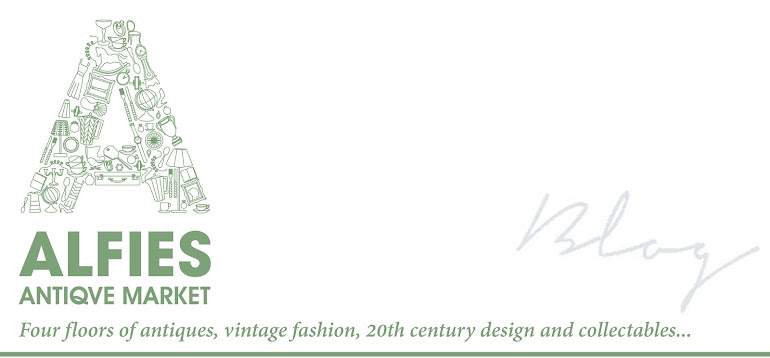Today is a historic day for Scotland and the UK. And while in Scotland, they are voting in the referendum, in London, we want to express our love for all things Scottish. Scottish products and their enduring and worldwide popularity have grabbed our imagination at Alfies.
When Queen Victoria and Prince Albert visited Scotland for the first
time in 1842, and, subsequently Prince Albert bought Balmoral, a passion
for everything Scottish was inspired and became widespread across the
UK. Lifestyles changed dramatically during the Victorian period,
characterised by a great industrialisation and urbanisation, the
development of railway was making travel more affordable, while goods
from abroad entered everyday life, and yet, a desire for authenticity
and local myths and history took root and left a mark in all aspects of
creative work. Folk art and ancient custom were elevated to a noble
status. All things Scottish became the archetypal example of true
origins.
 |
| Craighall, Scotland. Hand coloured, c1820, offered by Moe Heidarieh |
Harris Tweed is widely acknowledged as the champagne of fabrics. The cloth is woven only on the Western Isles, is widely sold in the UK and exported to over 50 countries including Japan and Germany. Scottish tartan is consistently popular with discerning customers and leading fashion and interior designers. Scottish cashmere is another guarantee of quality, and for many, the last word in luxury. Only one mill in Britain carries out the entire cashmere weaving process from raw fibre to finished garment and that mill is located in the Scottish Highlands.
 |
| 1960s velvet and tartan evening dress, offered by June Victor |
 |
| Mens tartan kilt made by Kinlock Anderson est. 1868, offered by June Victor |
Scotland’s textile industry boasts an enviable client list which
includes Chanel, Hermès, Gucci, Louis Vuitton, Prada, Ralph Lauren,
Donna Karen, YSL and more. Excellent vintage examples can be found at
Alfies Antique Market.
 |
| Scottish inspired: Burberry (coat lining) |
Scottish jewellery made from local agate, a banded and variegated form of chalcedony usually cut en cabochon, reached the height of popularity during the Victorian era. Agates such as Montrose Agate and Rare Jaspers in Russets and Green were set in Silver and sometimes gold. Antique Scottish Jewellery has a timeless appeal with its rich palette of colours and the ancient Celtic Designs from other parts of Scotland and Ireland inspired by the relics of our ancestors. Designs are drawn from Scandinavian mythology, local wildlife it represents a connection of the legacy of the past.
Many models of Miracle jewellery were originally created by W. Johnson & Sons and Ward Brothers Ltd, both of whom were established in the 19th Century.
Written by Titika Malkogeorgou









No comments:
Post a Comment